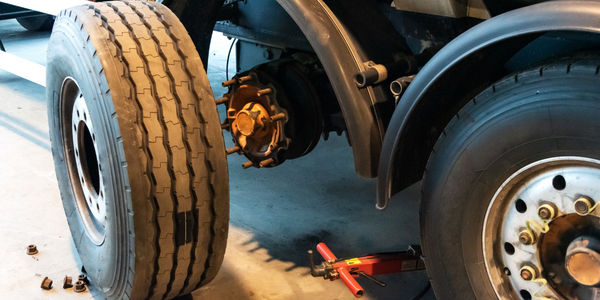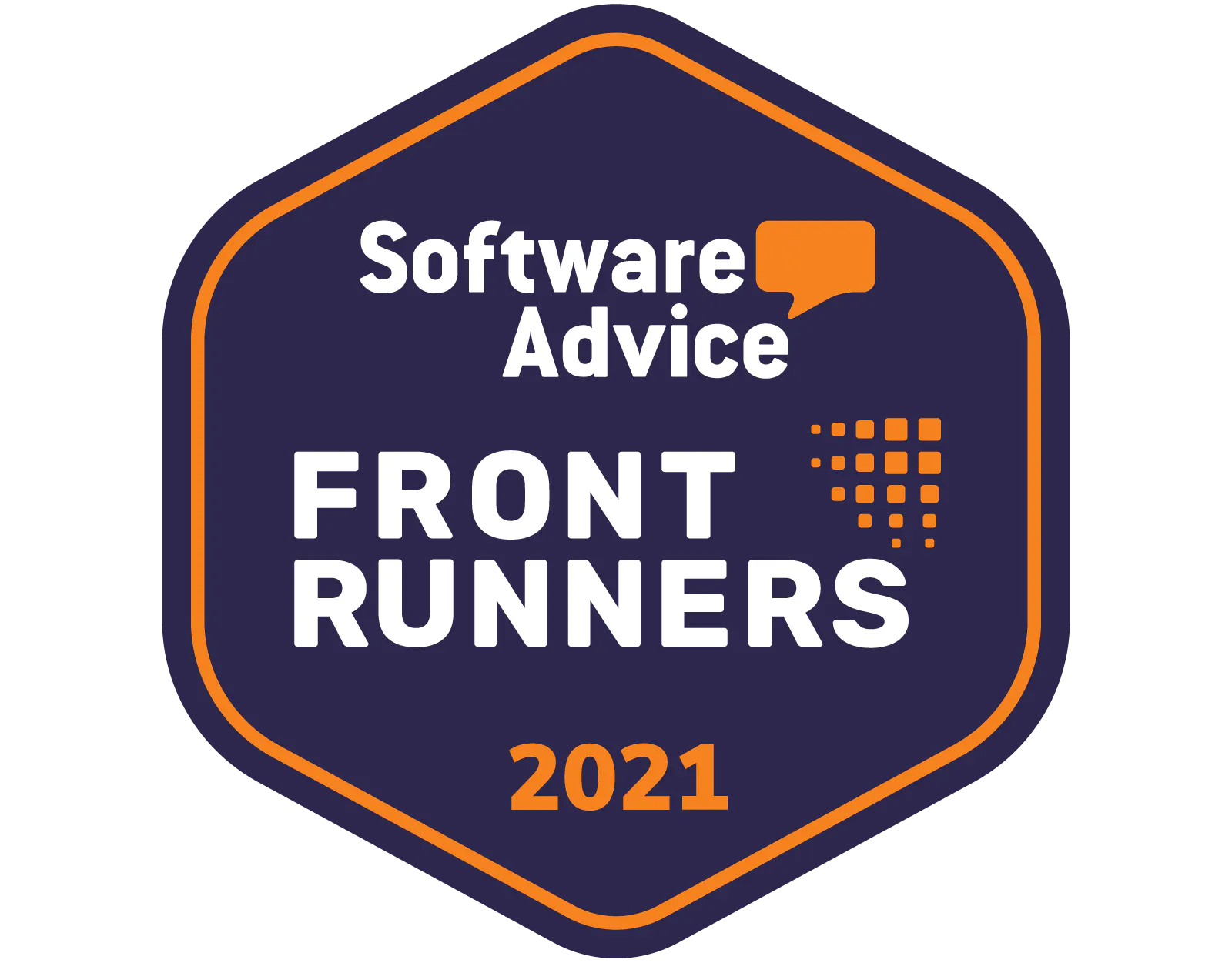How do I make my truck tires last longer?
Semi, box, and other working truck tires can be made to last longer when they are properly maintained and cared for by their users. In the past, fleets have had to make a hard choice between tires that save on fuel costs or tires that last longer.
Today, that hard line has been blurred. But the question still stands: what’s the best way to maintain and care for tires for the long haul?

Practical Use and Maintenance Suggestions
The first practical advice for all fleets and individuals is to use the right tires for those trucks’ particular needs. A truck that makes a lot of short stops through a city has different tire needs than the long-haul trucks that may go across the majority of the country.
After that, it comes down to the small things to make your truck tires last longer. Proper tire alignment, a simple visual evaluation of your tires, learning from old tires, and optimization of day-to-day tasks all make a difference.
While fleets and most individual trucks have a routine maintenance plan in place, regular, scheduled maintenance is key to making truck tires last longer.
Types of Maintenance for Tires
Every fleet and individual trucker has different types of maintenance that they use on their truck tires. The maintenance suggestions above generally fall into these four types of maintenance:
On occasion, other maintenance strategies and methods form different parts of individual fleets or truckers’ maintenance plan.
Why do these types of maintenance matter?
How to Keep Track of Your Maintenance
The types of maintenance matter because they provide you with mile markers. These mile markers enable you and your maintenance crews to keep track of your maintenance.
However, there are many, many small factors in any overall plan. That’s where a CMMS (computerized maintenance management system) comes into play. Using a top CMMS software can help revolutionize your fleet maintenance process. Gain benefits such as better cost tracking, data reporting, maintenance scheduling, and remote sharing of work orders. These systems free up your crews and staff from keeping track of all these variables and enable them to do what they do best.
Want to keep reading?
Preventive Maintenance Checklist - Common tips for Trucks and Fleets
Modern Fleet Management and Maintenance Software
10 KPIs Every Fleet Manager Should Track
4,000+ COMPANIES RELY ON ASSET OPERATIONS MANAGEMENT
Leading the Way to a Better Future for Maintenance and Reliability
Your asset and equipment data doesn't belong in a silo. UpKeep makes it simple to see where everything stands, all in one place. That means less guesswork and more time to focus on what matters.


![[Review Badge] GetApp CMMS 2022 (Dark)](https://www.datocms-assets.com/38028/1673900459-get-app-logo-dark.png?auto=compress&fm=webp&w=347)
![[Review Badge] Gartner Peer Insights (Dark)](https://www.datocms-assets.com/38028/1673900494-gartner-logo-dark.png?auto=compress&fm=webp&w=336)
